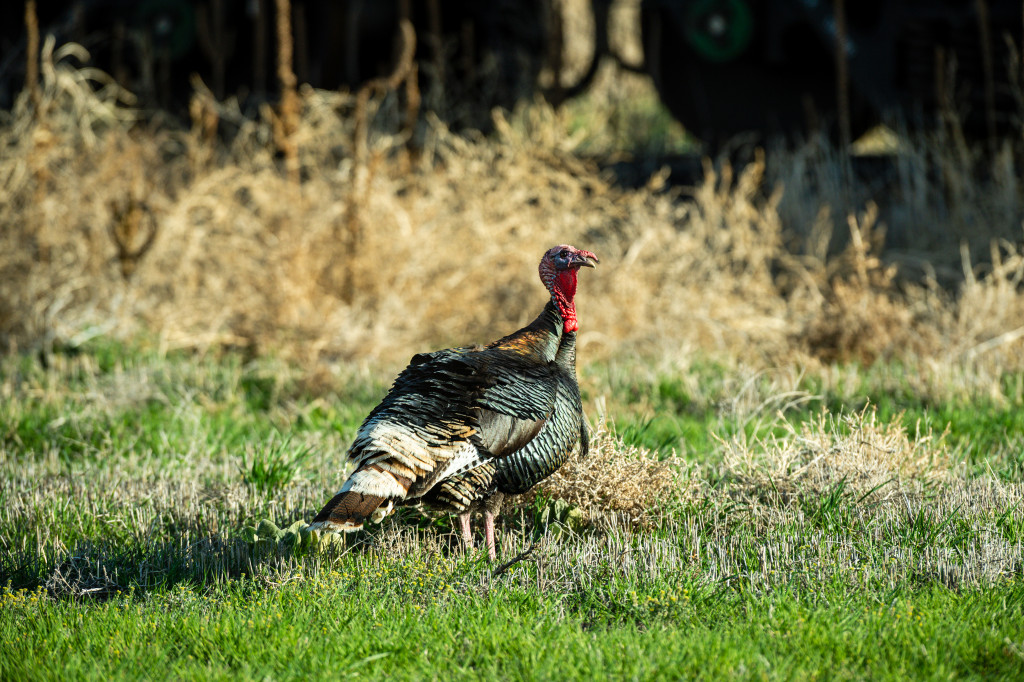
By Todd Mills
With Mother’s Day being the target date to pursue lonely toms, you can find success at almost any turn if you’ve paid your dues scouting. However, even the best laid plans can go to waste if Mother Nature intervenes and makes your hunting, well, miserable.
On more than one occasion, I’ve scheduled a hunting trip around early to mid-May, only to be blindsided by weather that only Nebraska could provide at that time of year. On one such occasion, a good friend and I sat in rain for three days, including through a violent thunderstorm that had us holding the blind tent and laying on the ground to avoid being blown away or, worse yet, struck by lightning. Sticking and staying was not a good plan that weekend.
Can you harvest turkeys in adverse weather conditions? Sure, but to do it, you’ve got to be prepared to put in the time and wait for that one window of opportunity that only the hard-core hunter will persevere through.
Here are a few tips on pursuing toms in all types of weather conditions.
Rain, Rain Go Away
Although you can hunt turkeys in the rain, you’ll need a good dose of luck to have success. They won’t move much, and most likely will be in the wide open. Precipitation dulls their senses, so they tend to hang out in open spaces so they can hear and see better. If you plan to hunt in moisture, try and position yourself in a place they could cross when the rain lets up. Keep your calling to a minimum. They’ll shut up in rain and most likely will have no interest in a lonely hen. And don’t forget your rain gear — without it you’ll be in for a long, miserable hunt.
Wind and Wary Toms
Observing what birds do in different weather conditions can teach you so much. On a windy and hot day in late May several years ago, I watched several jakes lay in the grass for hours without moving much except their heads. I later came to the conclusion that wind, much like rain, puts turkeys on high alert. Even the cracking of a branch can send them running. Success here will depend on location. Find a secluded area early in the day that provides shelter from the wind, especially if the wind picks up later in the day. Find a spot on the downside of the wind so that if you have to cut and run, you can use the wind to your advantage. Be patient, and time your moves based on cover and what you think birds will do if the wind lets up.
Sun and Mid-Day Toms
Everything works better in sunshine. Whether it’s November mallards or mid-May toms, a steady dose of sunshine may be just what you need to fill that tag. As May ticks along, hens are anxious to nest. By the middle of the month, they are either nesting or looking to nest. They’ll spend less time with toms off the roost. Throw in a sunny day and they’ll waste no time moving on from the group. Lonely toms will be active when the sun comes up, and by the middle of the morning, they could travel miles to find a hen.
Now is the time to crank up the calling. Be aggressive and don’t be afraid to move if they are not advancing. Chances are they could circle back. And try and position yourself or your tent in the shade to avoid any glare or movement that an educated tom could pick up.
Always use the weather to your advantage.
